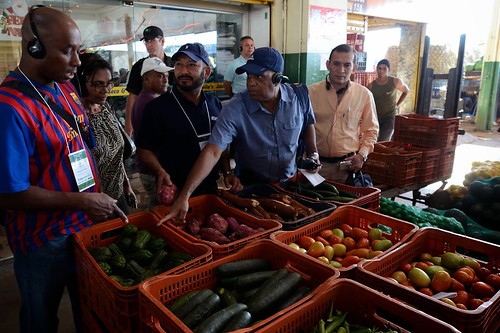
Over the last 25 years, the American farmer has become increasingly aware of the impact of South American agricultural output on the global supply of grains and oilseeds. For example, in recent years Brazil has risen to the number one position as an exporter of soybeans. Further, the combined output of Brazil and its neighbors, Argentina and Paraguay, is challenging the United States’ position as the world’s leading supplier of corn.
Brazil is unique in that it has a relatively stable agricultural output trend due to improving production techniques, and in most years, abundant rainfall for production of various crops. The climate and cropping patterns are behind the increases in agricultural production, which were made possible by the shift of production into regions less prone to drought. There is also the potential for expansion into untapped lands, although infrastructure and land ownership issues are a limiting factor. Meantime, thanks to ample rainfall and land resources enjoyed by producers, Brazil has the potential to become an agricultural powerhouse for years to come.
The in-country perspective of changing markets is being evaluated and the impacts that improved infrastructure and other factors could have on production and exports.
During the Agricultural Outlook Forum session Agricultural Production in Brazil: Adapting to a Resilient Climate, moderator Robert Tetrault with the USDA Foreign Agricultural Service will examine how changing cropping practices have allowed producers in Brazil to take full advantage of favorable climate conditions to maximize agricultural production, and what role Brazil may play on global markets in the future. Mark Brusberg, Deputy Chief Meteorologist for USDA’s Office of the Chief Economist, is focusing on Brazil’s climate and cropping patterns, highlighting the shift of agricultural production into regions less prone to drought. These changes in land use and land cover have been rapid and sometimes difficult to quantify. Douglas Morton of NASA Goddard will describe some of the innovative techniques used to track changes in land use for the purpose of identifying agricultural production and the potential for expansion. Clay Hamilton the Agricultural Counselor of Brasilia is providing his perspective on the impacts that improved infrastructure and other factors could have, not only on local markets, but in elevating Brazil’s position as a leading exporter of grains and oilseeds.
You can find out more about the USDA 2016 Agriculture Outlook Forum at www.usda.gov/oce/forum/index.htm.
